|
Students participate in an extracurricular lesson on heritage at Thang Long Imperial Citadel. |
Therefore, promoting the role of the community is one of the most sustainable solutions. AFTER the inventory and review of relics in the city conducted from 2024, Hanoi "discovered" 547 more relics, bringing the total number of relics to 6,489. The city also has 1,973 intangible cultural heritages.
Among these, there is one World Cultural Heritage, five UNESCO-recognized intangible cultural heritages, 23 special national relics and relic clusters, and 1,165 national-level relics.
Any cultural heritage, whether tangible or intangible, is always at risk of being lost or changed over time. Identifying the community as the true subject of heritage, in recent years UNESCO has always focused on the role of the community where the heritage is located and recommended that countries enhance the role of the community in preserving and promoting the value of heritage.
Realizing this, Hanoi city always pays attention to and creates conditions for the community to promote its role as a subject in protecting, preserving and promoting the values of tangible and intangible cultural heritage in the area.
This role is expressed in many different forms. Former Deputy Director of the Hanoi Department of Culture and Sports Truong Minh Tien said: The city has issued policies for people to directly participate in managing relics; supervising restoration and many other activities, especially creating a legal corridor, encouraging community participation in preserving and promoting the value of cultural heritage.
In each commune and ward, there is a relic management board; each village, hamlet, and residential area has established a relic protection board with representatives of socio-political organizations, including: the Fatherland Front, the association of the elderly, the women's union, and the youth union. All people are allowed to contribute ideas and participate in the implementation and supervision of the process of managing, protecting, and promoting the value of cultural heritage in the place where they live.
People are elected to represent them in the community supervision board for local relic restoration projects. Not only directly participating in management, preservation, and supervision of restoration, the city also carries out many inter-sectoral activities to raise community awareness of heritage.
In recent years, the Hanoi Department of Education and Training has implemented the teaching of local education subjects for students throughout the city. Students can visit and learn about the city's prominent relics, as well as learn about the relics and heritages in the locality where they live. Regarding the preservation of intangible cultural heritage, Hanoi has also implemented many solutions, focusing on the human factor.
The city builds a training regime to encourage artisans to "keep their profession"; provides annual funding for typical folk art clubs to operate; supports training in various types of local intangible cultural heritage...
Hanoi Department of Culture and Sports organizes programs such as: Hanoi Ca Tru Young Talent Festival; Hat Van and Chau Van Festival... to create a playground for artists.
This is the basis for a series of intangible cultural heritages to be preserved, maintained or strongly revived, although some types such as ca tru, hat trong quan, etc., at times seemed to have faded away. One of the typical examples of promoting the role of the community in heritage conservation is the Imperial Citadel of Thang Long.
The Thang Long - Hanoi Heritage Conservation Center has implemented a series of programs to spread heritage values to the community, such as: "I am an archaeologist", "We learn about heritage"; the Vietnamese Tet program with the reenactment of some important rituals in the ancient Thang Long Imperial Palace; at the same time, the programs Tet Doan Ngo, Happy Mid-Autumn Festival, Autumn Memories, night tour "Decoding Thang Long Imperial Citadel" ... have not only attracted a large audience but also been a solution to raise community awareness of heritage.
Director of the Thang Long - Hanoi Heritage Conservation Center Nguyen Thanh Quang emphasized: In the 2003 UNESCO Convention, it was affirmed: "Communities decide on their cultural practices and that right needs to be respected."
The Law on Cultural Heritage also reaffirms this. Therefore, over the years, the center's activities have always been community-oriented. Notably, many programs organized at the Imperial Citadel of Thang Long have the community as the main subject, participating in ritual practices with sacrificial rituals, incense offerings, drum performances, etc. With such sustainable solutions, Hanoi is a model in preserving and promoting heritage values throughout the country.
Source: https://nhandan.vn/phat-huy-vai-tro-cong-dong-trong-bao-ton-di-san-post881661.html


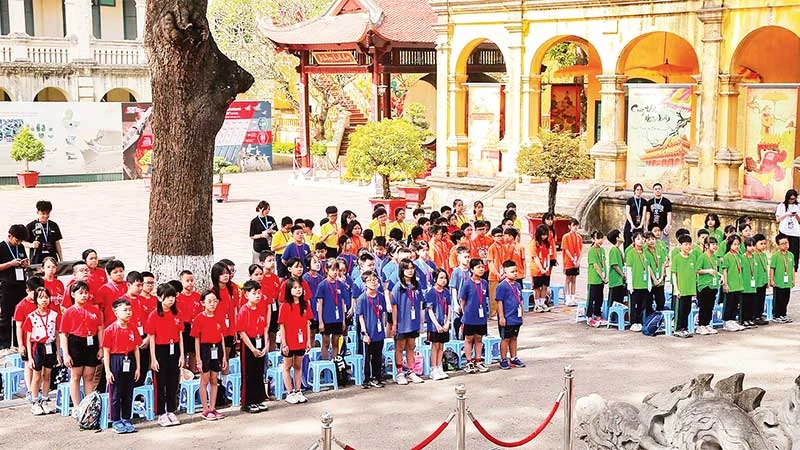
![[Photo] Prime Minister Pham Minh Chinh chairs conference on breakthrough solutions for social housing development](https://vphoto.vietnam.vn/thumb/1200x675/vietnam/resource/IMAGE/2025/10/24/1761294193033_dsc-0146-7834-jpg.webp)
![[Photo] Standing member of the Secretariat Tran Cam Tu chaired a meeting of the Standing Committee of the Organizing Subcommittee serving the 14th National Party Congress](https://vphoto.vietnam.vn/thumb/1200x675/vietnam/resource/IMAGE/2025/10/24/1761286395190_a3-bnd-4513-5483-jpg.webp)

![[Photo] Solemn funeral of former Vice Chairman of the Council of Ministers Tran Phuong](https://vphoto.vietnam.vn/thumb/1200x675/vietnam/resource/IMAGE/2025/10/24/1761295093441_tang-le-tran-phuong-1998-4576-jpg.webp)


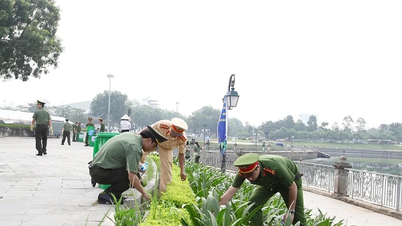

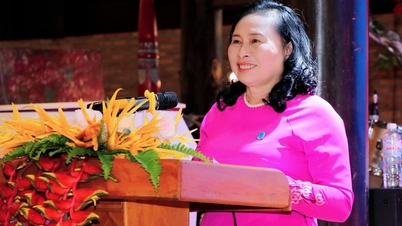

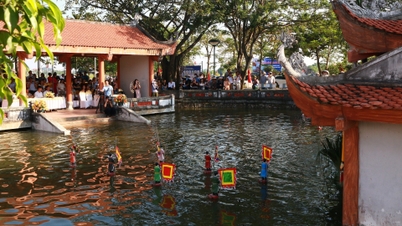
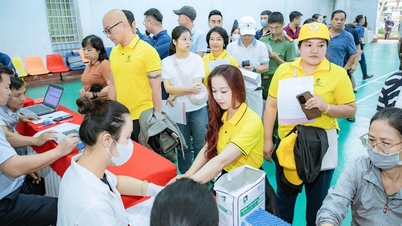

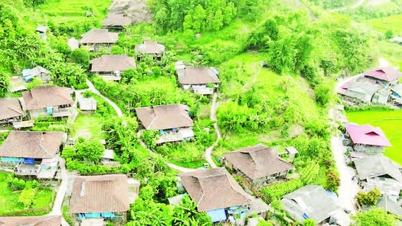


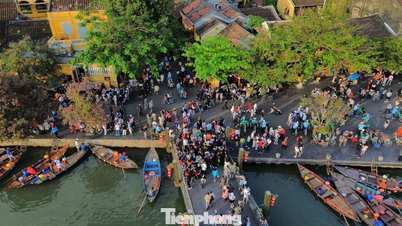

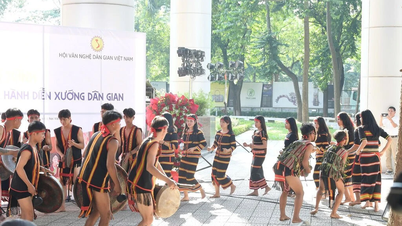

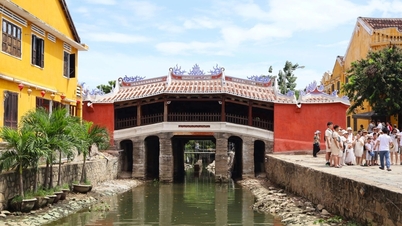



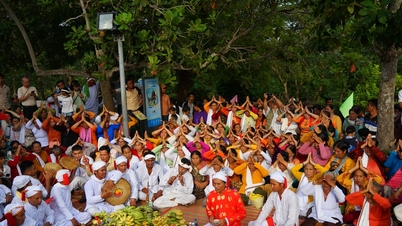





![[Photo] Solemn funeral of former Vice Chairman of the Council of Ministers Tran Phuong](https://vphoto.vietnam.vn/thumb/402x226/vietnam/resource/IMAGE/2025/10/24/1761295093441_tang-le-tran-phuong-1998-4576-jpg.webp)
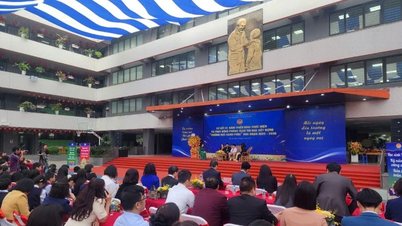
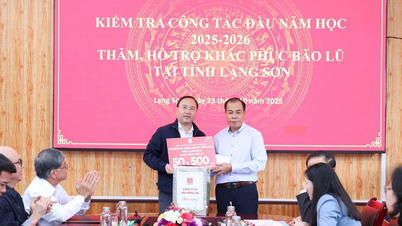

![[Photo] Prime Minister Pham Minh Chinh chairs conference on breakthrough solutions for social housing development](https://vphoto.vietnam.vn/thumb/402x226/vietnam/resource/IMAGE/2025/10/24/1761294193033_dsc-0146-7834-jpg.webp)
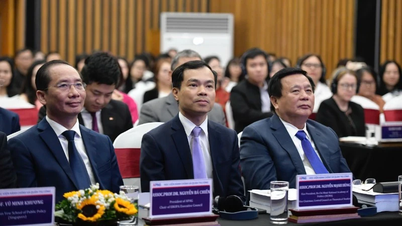


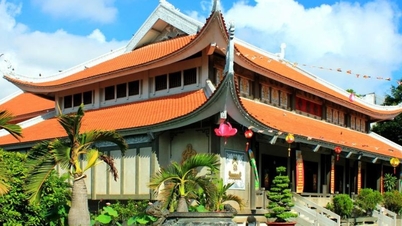

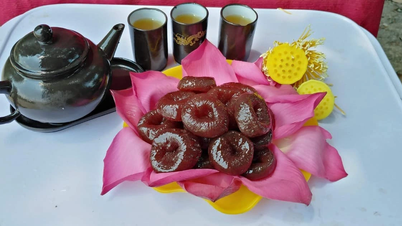



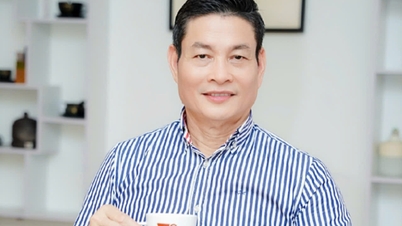



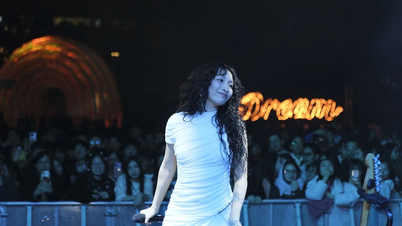
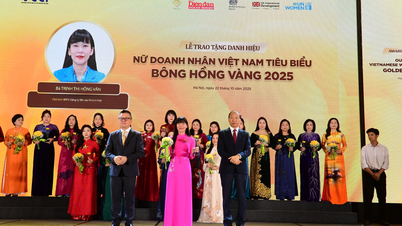


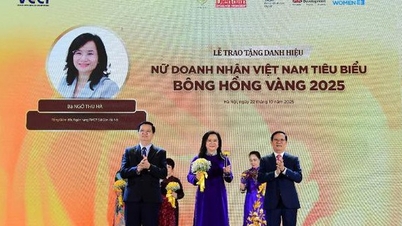




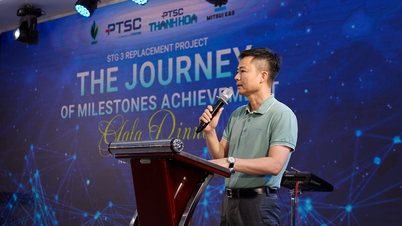






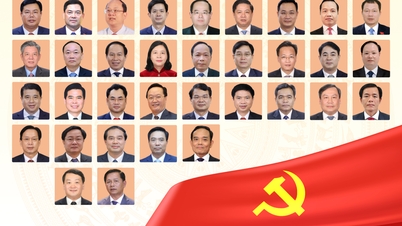

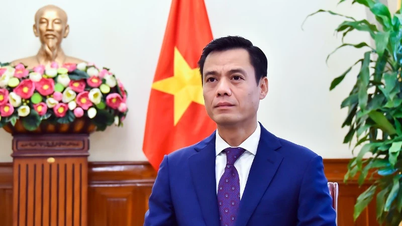
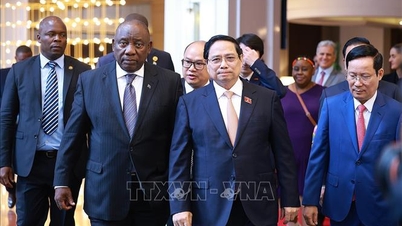

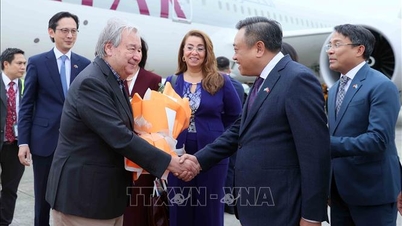
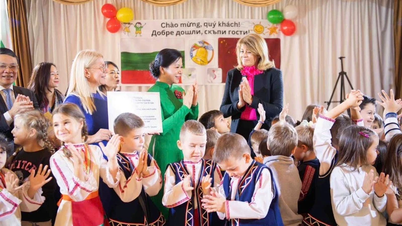

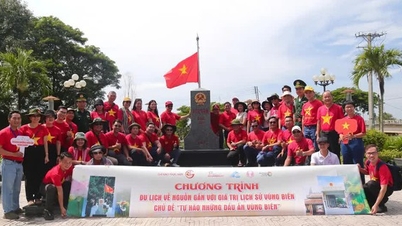



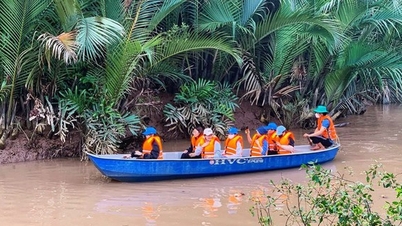

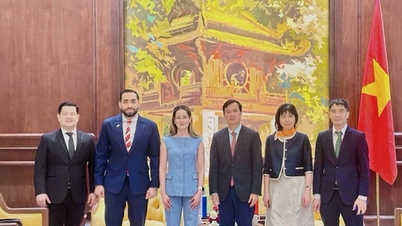

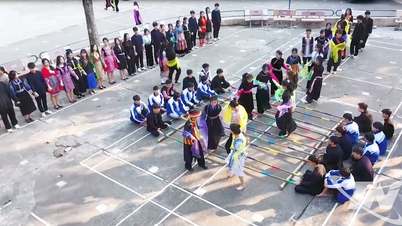

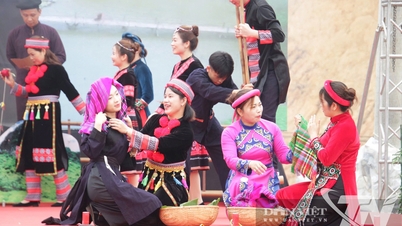


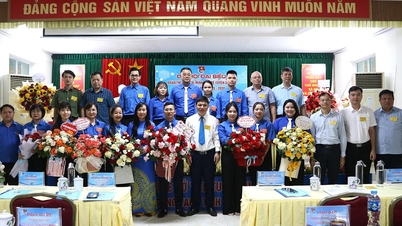

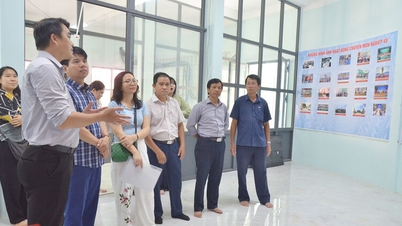















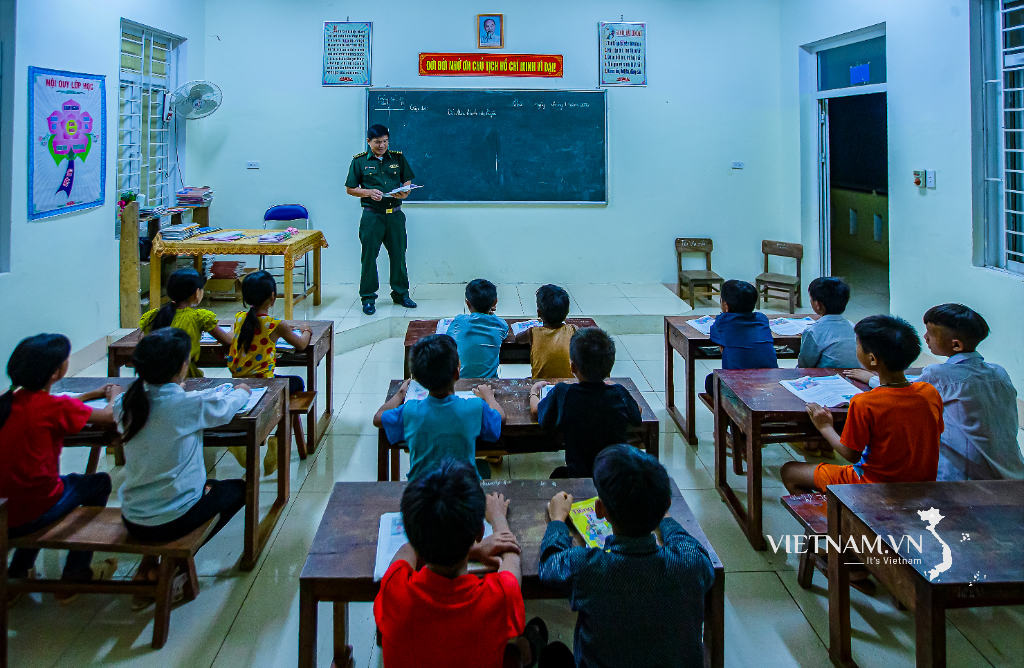

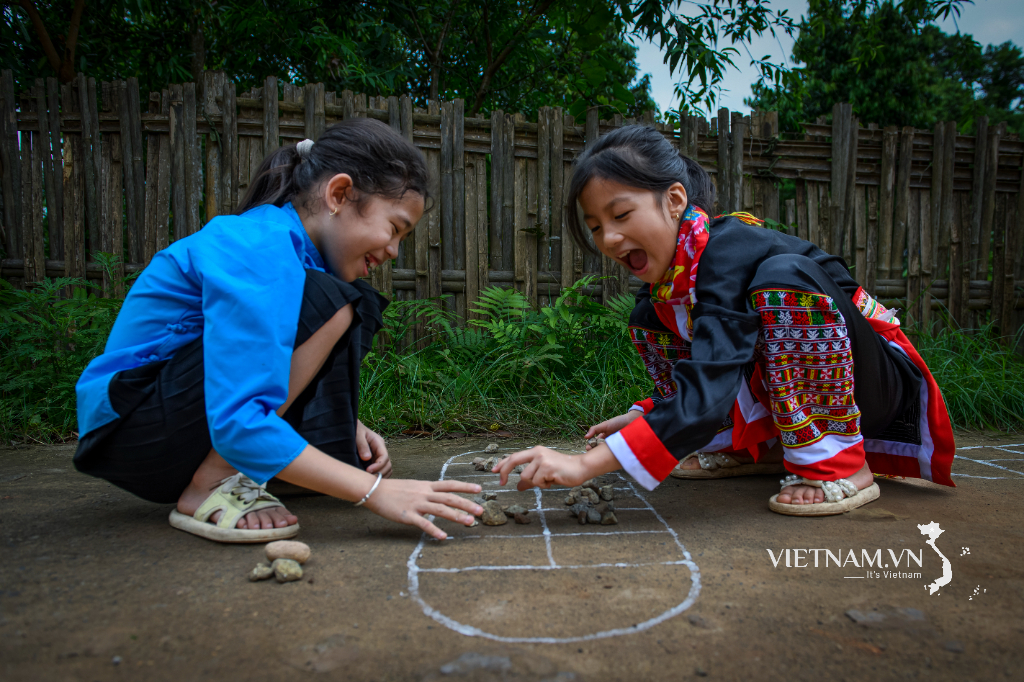

Comment (0)